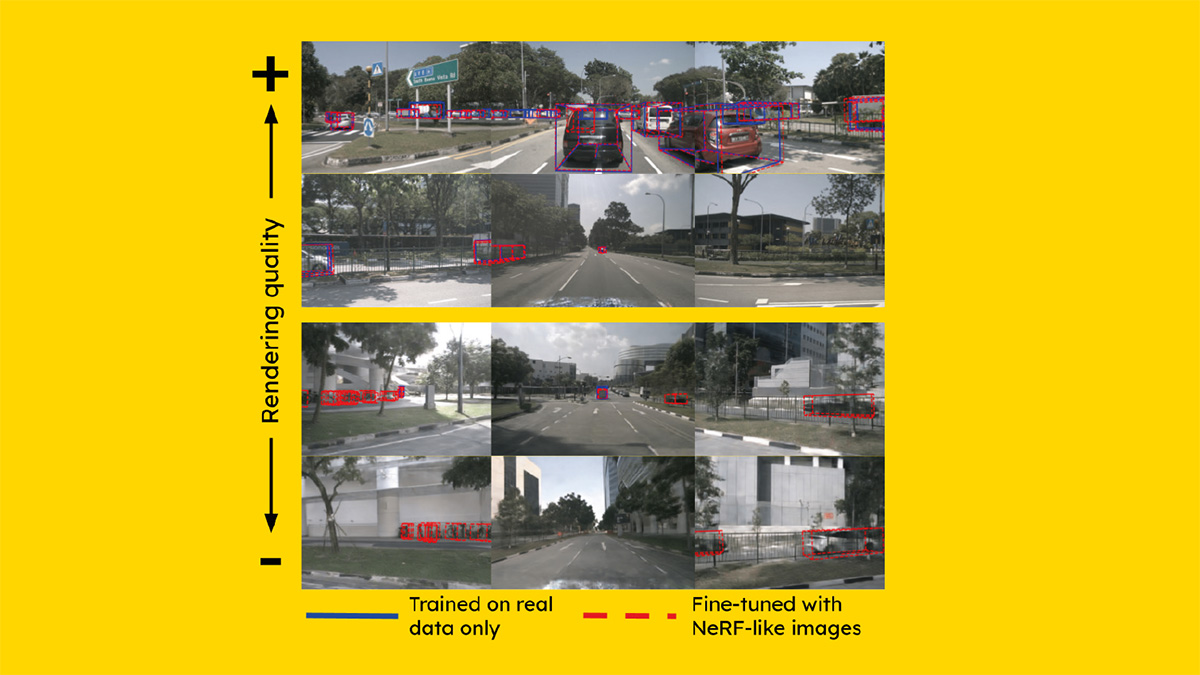Zenseact and CERN – Knowledge transfer project contributes to research on autonomous driving

Zenseact
CERN and the Swedish AI company Zenseact, which develops car safety software, both need advanced technology to enable rapid analysis of large quantities of data. CERN’s unique capabilities in data analysis are what brought CERN and Zenseact together to investigate how CERN’s machine-learning techniques could be applied to autonomous driving.
“More accurate deep-learning techniques allow autonomous-driving cars to make faster decisions, thus helping avoid accidents.”
Deep-learning techniques for accident prevention
In a three-year joint research project, Zenseact and CERN have focused on ‘computer vision’, which helps the car analyse and respond to its external environment at ever-increasing levels of accuracy and detail. Deep Neural Networks are used for finding patterns and extracting relevant information from camera images, such as the precise location of surrounding vehicles and pedestrians.
The aim of this collaboration has been to make deep-learning techniques faster and more accurate, allowing autonomous-driving cars to make faster decisions, thereby helping to prevent accidents.
“Deep learning has strongly reshaped computer vision in the last decade, and the accuracy of image-recognition applications is now at unprecedented levels. But the results of our research with CERN show that there’s still room for improvement when it comes to autonomous vehicles,” says Christoffer Petersson, Research Lead at Zenseact.
Potential for wider application
The technology developed in the project can also be used to improve algorithmic efficiency while maintaining accuracy in a wide range of domains, from energy efficiency gains in data centres to cell screening for medical applications.
“With machine-learning platforms setting the stage for next-generation solutions, future development of this research area could be a major contribution to multiple other domains, beyond high-energy physics,” says Maurizio Pierini, physicist at CERN.
Last edited 2024